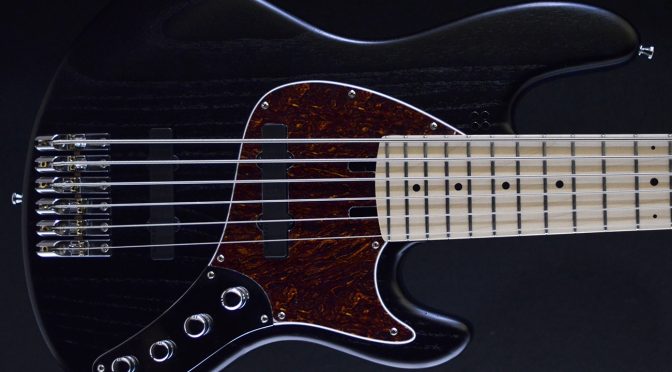Rick Beato Modal Jazz Line Arranged for 6-String Bass – Bass Practice Diary – 6th July 2021
If you don’t already follow Rick Beato then you should check him out. He has one of the biggest serious music channels on YouTube with over 2 million followers. He’s a music teacher, multi instrumentalist and producer who teaches everything from music theory to ear training to improvisation to production techniques and much more. He has recently released a series of guitar lessons called Quick Lessons Pro in which he breaks down a number of brilliant melodic and harmonic ideas. I’ve been looking at some of these this week and here is a line from the very first lesson which I’ve arranged onto 6-string bass.
Csus Mixolydian Modal Line
The line is essentially based around Csus chord voicings and the mode in question is Mixolydian. The chords that I’m playing in the video are all diatonic to that mode. The progression is C7sus – C7sus/D – Bbadd9 – Gm11 – Csus – Cadd9.
Rick’s melodic and harmonic approach is absolutely beautiful, and you can hear the melody in this even played down two octaves. I’ve tabbed this in the positions I played it. Although the phrasing markings reflect how he wrote it more than how I played it. Some of my hammer-ons and slides are in different places to where he played them on guitar.

I’ve played the line two octaves below where Rick plays it on the guitar. I initially played it one octave lower, but I just enjoyed playing it more in the lower octave. It just felt like it fitted the range of the bass better. There is a challenge to recording a line like this in such a low register. Which is that when people listen to my videos on phone and laptop speakers, the speakers can’t cope with the low end. In order to mitigate that problem, I’ve eq’d out a lot of the low end. So it doesn’t quite have the impact that it had when I was playing it, but at least you can hear the notes on the low strings.











